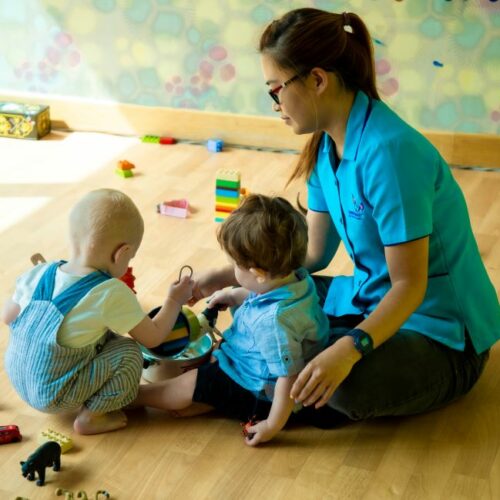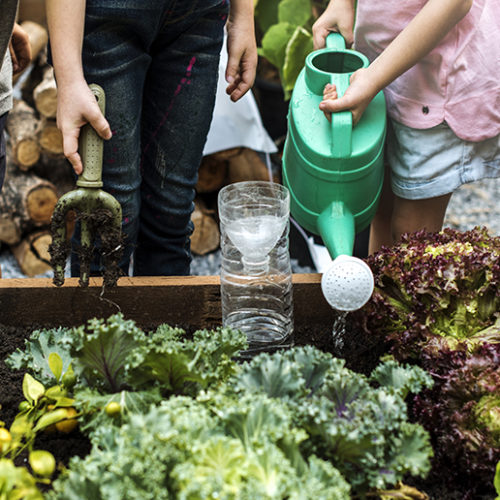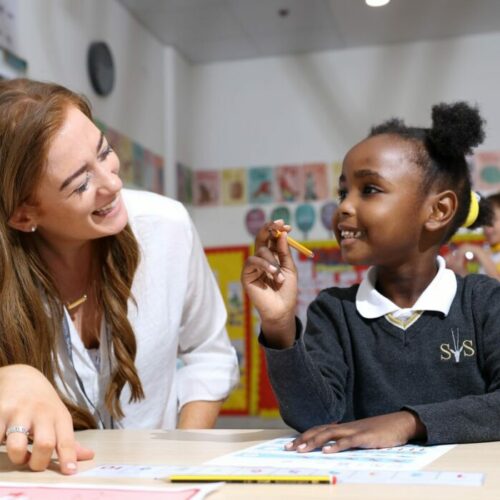The Benefits of STEM Education
Saki Milton US Schools Portfolio Manager Pearson Education Middle East discusses the significance of starting STEM Education earlier on in childhood

What is STEM?
STEM is an educational acronym that stands for Science, Technology, Engineering and Mathematics. In the 1990s, in the United States, Science and technology based professions were being left unfilled in masses creating a workforce crisis as a result of the decline in university students pursuing degrees in STEM fields. The awareness of the importance of STEM-based careers in the 21st century led government entities, tech companies, and leading math and science nonprofits to develop collaborative strategic efforts to increase U.S. K12 students’ interest and international performance in math and science. This is the brief history we now know today as STEM, in particular as it relates to education.
STEM has become a global initiative. Many countries including Australia, the UK and even the U.A.E. have introduced initiatives to help students learn more about exploring their careers in the fields of Science, Technology, Engineering and Mathematics. Each country now designs educational programs and curricula to support the growing interest in these subjects, with the aim to support students who aspire to build their careers in this field.
Why is it important to incorporate STEM education in Early Childhood Development?
STEM is much more than learning how to conduct a science experiment or learning how to solve a problem. STEM is about acquiring certain skills sets and character traits that children can learn at a very early age. For example – collaboration, teamwork and communicating are valuable life skills for any individual, and critical for those working in STEM professions.
Children also spend a significant amount of time drawing and playing pretend. Early childhood professionals can introduce creative thinking by posing questions based on a drawing that encourage imagination and problem-solving. For example, “What does this do (pointing to a specific object in the drawing)?” “Or, what do you think would happen if this broke?” Creative thinking skills are also developed as children build structures with toys such as blocks. Also, children are masters at learning to work together in groups. Parents and teachers can take advantage of this fact, and create simple real-world challenges for children to explore together while having fun.
These skills and ways of thinking are critical to early childhood development and carry into adolescence and adulthood. The last thing I would add is the importance of teaching young children how to use their hands, by encouraging the development of fine motor skills like cutting and pasting. I know this is a technology-based society, where we see a lot of kids on iPads and computers, but it is also equally important for children to engage with arts and crafts, which require cutting, pasting, pulling, and tying things to help develop those fine motor skills – necessary for STEM careers.
How should it be implemented?
We can look at it from a school, teacher’s and a parent’s perspective. A lot of schools especially in the UAE employ teachers with diverse backgrounds, making it important for the administration department itself to believe that STEM education learning is necessary for students in their departments. Only once they do that, will the teachers feel empowered to do more activities in their classroom related to STEM. What you don’t want to happen is to have a teacher who may have previously implemented STEM learning in their home country, be questioned by the administrator on why they are non-traditional approaches to learning versus worksheets and following a textbook cover to cover. So, right from the administrator level, it is important to have that support and ‘buy in’.
In terms of implementation, teachers are provided with so many online courses and resources including STEM Revolution, the National Girls’ Collaborative Project and Techbridge. Teachers are also encouraged to use their own creativity as well, and can collect things from around the house like water bottles or coffee filers and other used materials that kids can use for exploration. This is something I would highly recommend for early childhood teachers. We need to remember that children at a young age are constantly learning, hence using things from their natural environment and having them design and build with things that they see around the house every day is an effective strategy. Parents can do the same.
Are there any STEM organisations in the UAE, if my child doesn’t go to a school/nursery that implements one?
There are a few organisations, but I would not say they have a specific early childhood focus. Today, STEM solutions are still heavily oriented towards schools, educators, and educational community providers, not so much with parents. What parents can do, if their child is not in school or nursery, is visit science-y places like LEGOLAND, or even FlyDubai. Both are enjoyable outings full of informal learning of scientific and math concepts. For example, indoor skydiving is perfect for conversations about velocity, gravity, force and speed.
Remember, all parents can teach and develop a love of math and science that doesn’t involve expensive toys or excursions by simply taking advantage of “teachable moments” because science, technology, engineering, and maths are all around us waiting to be discovered.











Comments